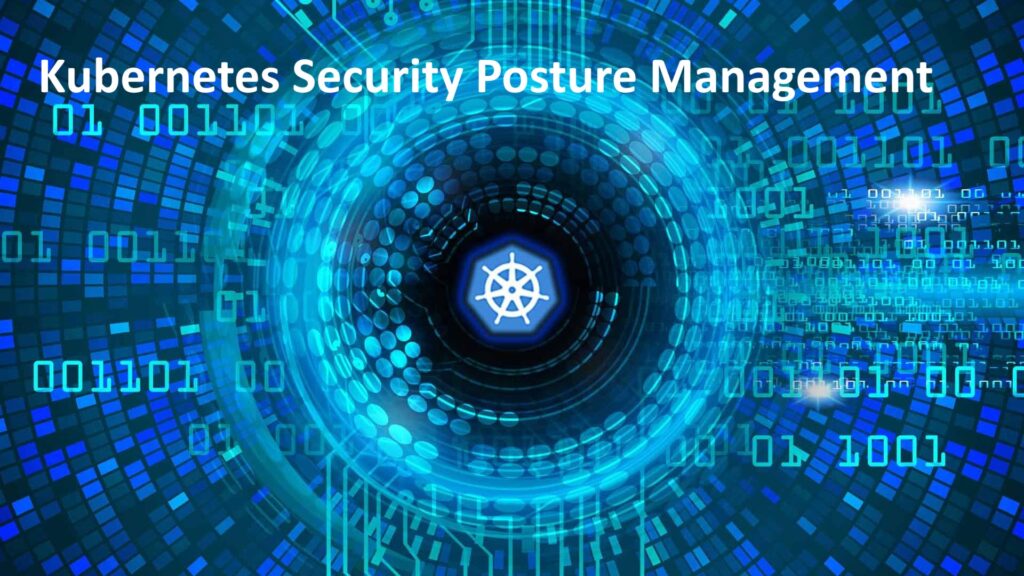
Status: Final Blueprint
Author: Shahab Al Yamin Chawdhury
Organization: Principal Architect & Consultant Group
Research Date: June 2, 2024
Location: Dhaka, Bangladesh
Version: 1.0
1. The Strategic Imperative: Why KSPM is Non-Negotiable
Kubernetes is the engine of modern applications, but its complexity creates a vast and dynamic attack surface. The primary driver of breaches is not sophisticated exploits, but pervasive misconfigurations. Kubernetes Security Posture Management (KSPM) is the essential framework for providing continuous visibility, automated enforcement, and governance to harden these environments. It is a core pillar of a broader Cloud-Native Application Protection Platform (CNAPP), which unifies security across cloud infrastructure (CSPM), Kubernetes (KSPM), and runtime workloads (CWP) to provide a holistic view of risk. Adopting KSPM transforms security from a reactive bottleneck into a strategic enabler of business velocity.
Core Value Proposition:
- Enhanced Visibility: A unified, real-time view of all resources and their security state.
- Proactive Risk Mitigation: Systematically find and fix misconfigurations, vulnerabilities, and excessive permissions before they can be exploited.
- Automated Compliance: Continuously validate configurations against frameworks like CIS, NIST, and PCI DSS, streamlining audits with on-demand evidence.
2. The Kubernetes Threat Landscape: A Game of Misconfiguration
Attackers typically follow a multi-stage kill chain, exploiting a series of interconnected weaknesses. KSPM is designed to disrupt this chain at every step.
- Initial Compromise: Often begins with exposed services (e.g., Kubernetes Dashboard), vulnerable applications deployed in pods, or compromised container images from public registries.
- Privilege Escalation & Lateral Movement: Once inside, attackers exploit overly permissive Role-Based Access Control (RBAC), attempt container escapes via privileged pods, or move freely across the cluster’s flat network if Network Policies are not enforced.
- Impact: The final goal is data exfiltration, resource hijacking (e.g., for cryptomining), or a full cluster takeover via ransomware.
Key Threat Mitigation Matrix
| Threat/Vulnerability (OWASP K10) | KSPM Preventative Control | KSPM Detective Control |
| Insecure Workload Configs | Enforce Pod Security Standards via admission control (OPA/Kyverno). | Continuously scan running workloads for deviations from baseline. |
| Supply Chain Vulnerabilities | Integrate vulnerability scanning (e.g., Trivy) into the CI/CD pipeline. | Continuously scan running images for new vulnerabilities. |
| Overly Permissive RBAC | Use admission control to block high-privilege role bindings. | Continuously audit RBAC for excessive permissions and escalation paths. |
| Missing Network Segmentation | Automatically apply a default-deny NetworkPolicy to all new namespaces. | Monitor pod-to-pod network traffic for anomalous connections. |
| Secrets Management Failures | Scan IaC and Git repos for hardcoded secrets. | Audit for pods created with secrets in environment variables. |
| Misconfigured Cluster Components | Enforce CIS Benchmark policies via admission control. | Monitor control plane components for configuration drift. |
3. The Implementation Blueprint: Shift Left & Shield Right
Effective KSPM is a continuous process integrated across the entire application lifecycle.
“Shift Left”: Preventative Security in CI/CD
The goal is to find and fix issues early in the development process, where they are cheapest to resolve.
- Infrastructure as Code (IaC) Scanning: Automatically scan Kubernetes YAML, Helm charts, and Terraform files in Git and CI pipelines to catch misconfigurations before deployment.
- Container Image Scanning: Scan images for known vulnerabilities (CVEs) during the build process and block insecure images from being pushed to registries.
- Admission Control: Use policy engines like OPA/Gatekeeper or Kyverno as a final security gate to block non-compliant workloads from being deployed to the cluster in real-time.
“Shield Right”: Runtime Defense in Production
This focuses on protecting live workloads from active threats and configuration drift.
- Continuous Posture Monitoring: Continuously scan the live cluster state against a secure baseline to detect unauthorized changes.
- Runtime Threat Detection: Use tools like Falco (often leveraging eBPF) to monitor container behavior for indicators of compromise, such as shell execution, unexpected network connections, or file system anomalies.
- Automated Response: Upon detecting a threat, automatically trigger actions like isolating a compromised pod with a network policy or terminating the malicious process.
4. Measuring Success: Key Performance Indicators (KPIs)
A data-driven approach is essential to measure effectiveness and demonstrate value.
- Security Posture Metrics:
- Overall Compliance Score (%): Adherence to frameworks like CIS.
- Critical/High Misconfigurations Count: A raw count of the most severe open issues.
- Risk Score Trend: An aggregated score that should trend downwards over time.
- Operational Efficiency Metrics:
- Mean Time to Remediate (MTTR): The average time to fix issues, broken down by severity.
- Policy Violations Blocked in CI/CD: Quantifies the number of issues prevented pre-deployment.
- Business Impact Metrics:
- Reduction in Security-Related Deployment Delays.
- Trend of Incidents Caused by Misconfiguration.
5. The Future: AI-Driven and Converged Security
The next generation of KSPM is evolving towards greater intelligence and integration.
- AI/ML Integration: Moving beyond rule-based detection to predictive security. This includes behavioral analytics to detect anomalous user/service account activity and predictive attack path modeling to identify how minor issues could be chained together into a major breach.
- Convergence with Observability: The lines are blurring between security and performance monitoring. Technologies like eBPF provide a unified way to collect data for both use cases, enabling powerful correlations between a security event and its performance impact, dramatically speeding up root cause analysis.